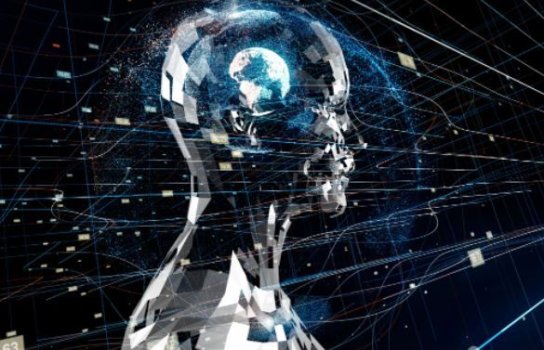While we’ve been talking about and imagining artificial intelligence for years, it only has recently started to become mainstream, and accepted for a wide range of applications – from healthcare analytics to Google Maps and Roombas. At the same time, cybersecurity has been strangely slow in embracing this important technology.
There are several reasons for this: too much hype about early “black box” AI claims; misconceptions about the technology; and a persistent belief among the security old guard that AI can’t be trusted and will never match human intuition for spotting the real threats.
It’s time to move beyond these misconceptions, and look at concrete examples of how automation, AI, and machine learning have been effectively applied to improve security coverage and accuracy, while dramatically reducing costs. The real question is not whether AI or human intuition is better – it’s how we can effectively combine the two, enabling intelligent automation that takes on routine decision making by learning from human experts.
Urgency of the Problem
Because we’re in the middle of a cybersecurity crisis, we need to move beyond theoretical discussions of the pros and cons of AI and get serious about adopting more advanced technology to meet urgent needs. Today’s realities make updating our approach to security an imperative:
There are several reasons for this: too much hype about early “black box” AI claims; misconceptions about the technology; and a persistent belief among the security old guard that AI can’t be trusted and will never match human intuition for spotting the real threats.
It’s time to move beyond these misconceptions, and look at concrete examples of how automation, AI, and machine learning have been effectively applied to improve security coverage and accuracy, while dramatically reducing costs. The real question is not whether AI or human intuition is better – it’s how we can effectively combine the two, enabling intelligent automation that takes on routine decision making by learning from human experts.
Urgency of the Problem
Because we’re in the middle of a cybersecurity crisis, we need to move beyond theoretical discussions of the pros and cons of AI and get serious about adopting more advanced technology to meet urgent needs. Today’s realities make updating our approach to security an imperative:
- A significant increase in the number of attacks, and damage caused – ransomware payments, OT network shutdowns, loss of corporate IP, and loss of private information
- Attacks are becoming increasingly sophisticated, bypassing many of our legacy security strategies
- There is a huge shortage of skilled security analysts, and they don’t want to be burdened by repetitive manual work – throwing bodies at the problem is neither practical nor effective
- The legacy perimeter security model is obsolete, as the battle is moving to widely distributed cloud applications, and virtual infrastructure
- The attackers are embracing AI and ML whole-heartedly, launching more sophisticated attacks that quickly learn and adapt to our inadequate defenses.

